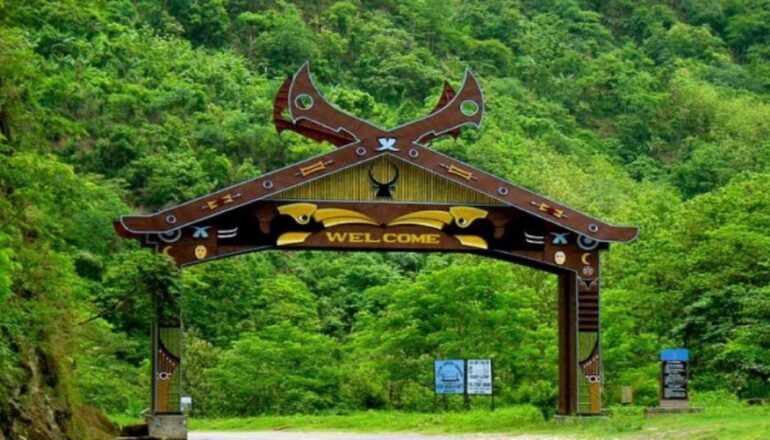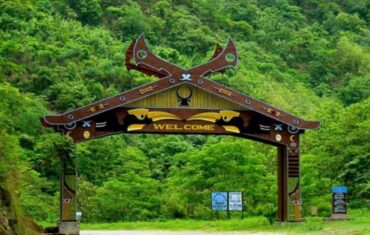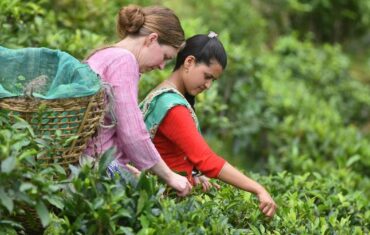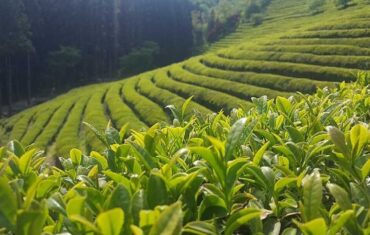Nagaland, a beautiful state in northeast India, is often called the “Land of Festivals.” Known for its vibrant tribal culture, colorful festivals, and stunning landscapes, Nagaland is a unique destination for travelers who want to explore something beyond regular tourist spots. With its rolling hills, dense forests, and warm people, this state offers both natural beauty and cultural richness.
In this blog, we will take a journey through Nagaland’s tribal life, traditions, and its most famous celebration – the Hornbill Festival.
The Charm of Nagaland
Nagaland is bordered by Assam, Arunachal Pradesh, Manipur, and Myanmar. The state is made up of 16 major tribes, each with its own culture, language, and customs. The people here live close to nature, and their traditions are deeply rooted in the land they belong to.
What makes Nagaland special is the way modern life and tribal traditions exist together. In cities like Kohima and Dimapur, you will find urban life, while in villages, you can still see age-old customs and practices being followed with pride.
Tribal Life in Nagaland
The heart of Nagaland lies in its villages. Each tribe has its own identity, seen in their clothes, food, music, and houses.
Traditional Dress: Nagas wear colorful shawls, each pattern showing the tribe they belong to. These shawls are not just clothing but symbols of pride and status.
Morungs: These are traditional youth dormitories where young boys learn about tribal customs, skills, and folk stories. They are also decorated with weapons, carvings, and tribal art.
Folk Tales and Songs: Every tribe has stories passed from one generation to another. These tales often talk about bravery, hunting, farming, and respect for nature.
Life in Nagaland is simple yet full of meaning. Visiting a Naga village gives you a chance to see how traditions are preserved with love and respect.
The Famous Hornbill Festival
The Hornbill Festival, often called the “Festival of Festivals,” is the biggest cultural event of Nagaland. It is held every year from 1st to 10th December in Kisama Heritage Village near Kohima.
The festival brings together all the tribes of Nagaland in one place, where they showcase their culture through dance, music, sports, and food.
What to Expect at the Hornbill Festival:
Traditional Dances and Songs – Each tribe performs their folk dances and songs, dressed in colorful attire and headgear decorated with feathers and beads.
Indigenous Games – Wrestling, archery, and other traditional sports are held, showing the strength and skills of the tribes.
Naga Cuisine – Food stalls serve local dishes like smoked pork, bamboo shoot curries, and rice beer. It is a food lover’s paradise.
Handicrafts and Handlooms – Visitors can buy handmade shawls, baskets, and jewelry created by tribal artisans.
Rock Concerts and Competitions – Apart from traditional events, the festival also includes music competitions, attracting bands from across the country.
The Hornbill Festival is not just for locals but also for tourists from all over the world who come to experience the energy and diversity of Nagaland in one place.
Natural Beauty of Nagaland
While Nagaland is known for its culture, its landscapes are equally stunning.
Kohima: The capital city is surrounded by hills and is known for the Kohima War Cemetery, which remembers soldiers who died in World War II.
Dzukou Valley: Called the “Valley of Flowers of the East,” it is famous for its seasonal flowers and trekking trails.
Mokokchung: Known as the cultural capital of Nagaland, it is home to the Ao tribe.
Mon: Famous for the Konyak tribe, also known as the “headhunters” in history. The region is full of traditional art and heritage.
Each destination in Nagaland offers both natural charm and cultural depth.
Food Culture of Nagaland
Food in Nagaland is unique and bold. It is often spicy and includes a lot of meat, especially pork. Rice is the staple food, served with chutneys, vegetables, and smoked or fermented meat.
Smoked Pork – The most famous dish, loved by all tribes.
Axone (Fermented Soybean) – Used to add strong flavor to dishes.
Bamboo Shoot Curry – Tangy and refreshing, made with either meat or vegetables.
Rice Beer – Locally brewed and served during festivals.
Trying Naga food is an adventure in itself and gives you a true taste of the state’s culture.
People and Hospitality
Nagaland is not just about festivals and landscapes. What makes it even more special are its people. Nagas are warm, friendly, and proud of their heritage. Tourists are often welcomed with open arms, and visitors are encouraged to join village gatherings, taste local food, and even take part in dances.
This sense of belonging makes the travel experience more memorable.
Best Time to Visit Nagaland
The best time to visit Nagaland is between October and May, when the weather is pleasant. If you want to experience the Hornbill Festival, December is the best month. During this time, the entire state comes alive with celebrations.
Why Visit Nagaland?
Nagaland is not like any other tourist destination. It is a place where traditions are alive, where festivals bring people together, and where nature adds beauty to culture. Visiting Nagaland means stepping into a world of vibrant colors, powerful music, delicious food, and breathtaking landscapes.
For those who love culture, this is the perfect place to witness India’s tribal heritage. For adventure seekers, treks and valleys offer great experiences. For everyone, Nagaland is an unforgettable journey.
Conclusion
Nagaland is truly the land of tribes and festivals. From the traditional villages to the grand Hornbill Festival, from its spicy food to its stunning hills, every part of Nagaland has something to offer. It is a state that celebrates life, culture, and togetherness.
So, if you are looking for a destination that combines nature and culture in the most colorful way, plan a trip to Nagaland. Be part of their festivals, taste their food, meet their people, and take back memories that will stay with you forever.





